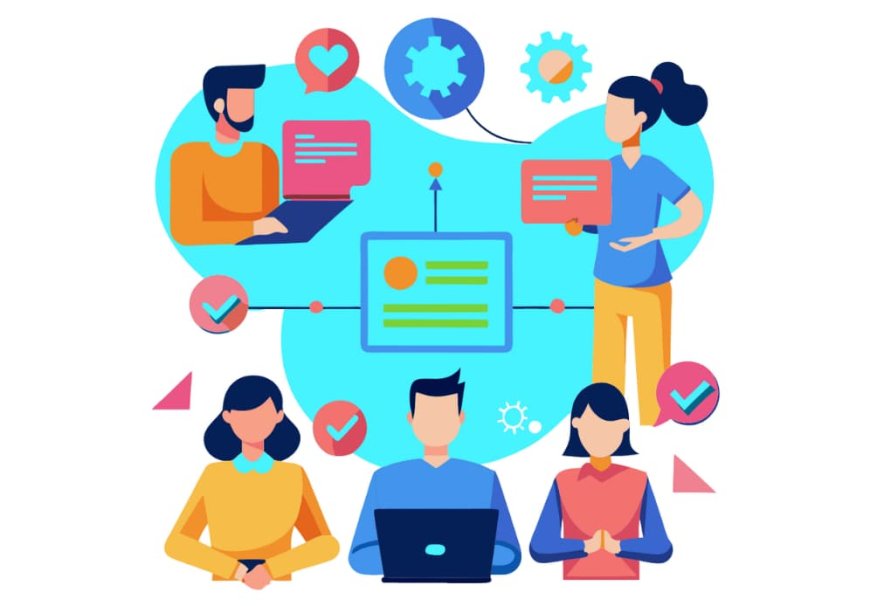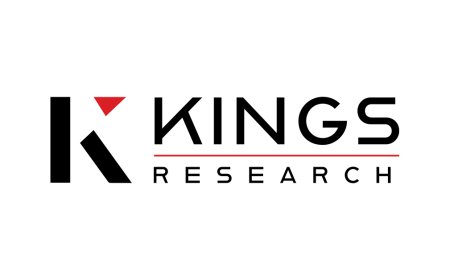In today’s rapidly changing business landscape, maintaining customer engagement and retention has become more critical than ever. With increasing competition and a constant influx of new technologies, organizations must adopt strategies that not only attract new customers but also nurture existing ones. One of the most effective ways to achieve this is through the implementation of Enterprise Feedback Management (EFM) software.
What is Enterprise Feedback Management Software?
Enterprise Feedback Management software is a comprehensive solution that allows organizations to collect, analyze, and act on feedback from various stakeholders, including customers, employees, and partners. By utilizing EFM software, businesses can gain valuable insights into their operations, understand customer needs, and improve overall satisfaction.
The Importance of Engagement and Retention
Before diving into how EFM can boost engagement and retention, it’s essential to understand why these factors are crucial for any business:
-
Cost Efficiency: Acquiring new customers can cost five times more than retaining existing ones. By focusing on engagement and retention, businesses can significantly reduce their overall marketing costs.
-
Customer Loyalty: Engaged customers are more likely to remain loyal to a brand. They tend to make repeat purchases and can even become advocates, helping to attract new customers through word-of-mouth.
-
Valuable Insights: Engaging with customers provides businesses with valuable insights into their preferences and pain points. This information can guide product development and marketing strategies.
-
Increased Revenue: Companies with high customer retention rates enjoy increased revenue. Retained customers tend to spend more over time compared to new customers.
How EFM Software Boosts Engagement
Enterprise Feedback Management software plays a vital role in enhancing customer engagement. Here are several ways it accomplishes this:
1. Centralized Feedback Collection
EFM software allows organizations to gather feedback from multiple channels, including surveys, social media, and direct interactions. This centralized approach ensures that all feedback is consolidated, making it easier for businesses to analyze trends and respond effectively.
2. Real-Time Feedback Analysis
With the capabilities of EFM software, businesses can analyze feedback in real time. This immediacy enables organizations to address concerns as they arise, enhancing the overall customer experience.
3. Personalized Interactions
EFM software helps businesses segment their audience based on feedback and preferences. This segmentation allows for more personalized communication, which can significantly boost engagement levels.
4. Closed-Loop Feedback Systems
A closed-loop feedback system ensures that customer feedback is not only collected but also acted upon. When customers see their suggestions implemented, they feel valued and are more likely to engage with the brand.
5. Improved Customer Journey Mapping
By analyzing feedback at different stages of the customer journey, businesses can identify pain points and areas for improvement. This insight allows for better customer journey mapping, which enhances engagement and satisfaction.
How EFM Software Improves Retention
In addition to boosting engagement, EFM software is instrumental in improving customer retention. Here’s how:
1. Proactive Issue Resolution
By continuously monitoring feedback, EFM software enables businesses to identify and resolve issues before they escalate. This proactive approach helps prevent customer churn.
2. Enhanced Customer Support
EFM systems can highlight areas where customer support may be lacking. By addressing these gaps, businesses can improve their service levels and increase customer satisfaction, leading to higher retention rates.
3. Building Stronger Relationships
Regular engagement through feedback initiatives fosters stronger relationships between brands and customers. When customers feel connected to a brand, they are more likely to stay loyal.
4. Tailored Retention Strategies
EFM software provides insights into customer behavior, allowing businesses to develop tailored retention strategies. These strategies can include personalized offers, loyalty programs, and targeted communications.
5. Measuring Customer Satisfaction
By utilizing key performance indicators (KPIs) such as Net Promoter Score (NPS) and Customer Satisfaction Score (CSAT), EFM software helps businesses measure customer satisfaction effectively. This data can be used to inform retention strategies and improve overall service.
Best Practices for Implementing EFM Software
To maximize the benefits of Enterprise Feedback Management software, organizations should follow these best practices:
1. Define Clear Objectives
Before implementing EFM software, it’s crucial to define clear objectives for feedback collection. This could include improving customer satisfaction, enhancing product features, or increasing employee engagement.
2. Choose the Right Software
Selecting the right EFM software is essential. Businesses should consider features such as multi-channel feedback collection, analytics capabilities, and integration options with existing systems.
3. Train Your Team
Proper training is vital for successful implementation. Ensure that team members understand how to use the software effectively and how to interpret the data collected.
4. Encourage Feedback
Create a culture that encourages feedback from all stakeholders. Make it easy for customers and employees to share their thoughts, and emphasize the importance of their input.
5. Act on Feedback
Collecting feedback is only the first step. Organizations must act on the insights gained to demonstrate that they value stakeholder input and are committed to making improvements.
Common Challenges and Solutions:
While implementing EFM software can be highly beneficial, organizations may encounter challenges. Here are some common issues and their solutions:
| Challenge |
Solution |
| Low response rates |
Use incentives or rewards to encourage feedback. |
| Overwhelming data |
Utilize analytics tools to filter and prioritize data. |
| Resistance to change |
Provide thorough training and communicate benefits. |
| Integration issues |
Choose EFM software that easily integrates with existing systems. |
| Data privacy concerns |
Ensure compliance with data protection regulations and communicate privacy policies to users. |
Conclusion
In an age where customer expectations are continually evolving, leveraging Enterprise Feedback Management software is essential for businesses aiming to boost engagement and retention. By effectively collecting, analyzing, and acting on feedback, organizations can build stronger relationships with customers and employees alike. This proactive approach not only enhances satisfaction but also drives long-term loyalty and profitability.
As businesses strive to adapt to the ever-changing landscape, investing in EFM software can be a game-changer. With the right tools and strategies in place, organizations can turn feedback into actionable insights, fostering a culture of engagement and retention that benefits all stakeholders.
What Types Of Feedback Can Be Collected Using EFM Software?
EFM software can collect various types of feedback, including customer satisfaction surveys, employee engagement surveys, product feedback, and more.
How Does EFM Software Improve Customer Satisfaction?
By collecting and analyzing feedback, EFM software helps organizations identify areas for improvement, enabling them to address customer concerns and enhance the overall experience.
Can EFM Software Be Integrated With Other Tools?
Most modern EFM software solutions offer integration capabilities with various business tools, such as CRM systems, marketing automation platforms, and data analytics tools.
How Frequently Should Businesses Collect Feedback?
The frequency of feedback collection depends on the organization’s goals and the nature of the feedback. Regular, ongoing feedback collection is recommended to stay in tune with stakeholder needs.
What Metrics Should Organizations Track With EFM Software?
Key metrics to track include Net Promoter Score (NPS), Customer Satisfaction Score (CSAT), and Customer Effort Score (CES), among others. These metrics provide insights into customer sentiment and engagement levels.



















![Try Updated Huawei H13-311_V3.0 Exam Dumps: Ideal For Best Preparation [2024]](https://news.bangboxonline.com/uploads/images/202410/image_430x256_6703bf712b8cd.jpg)

